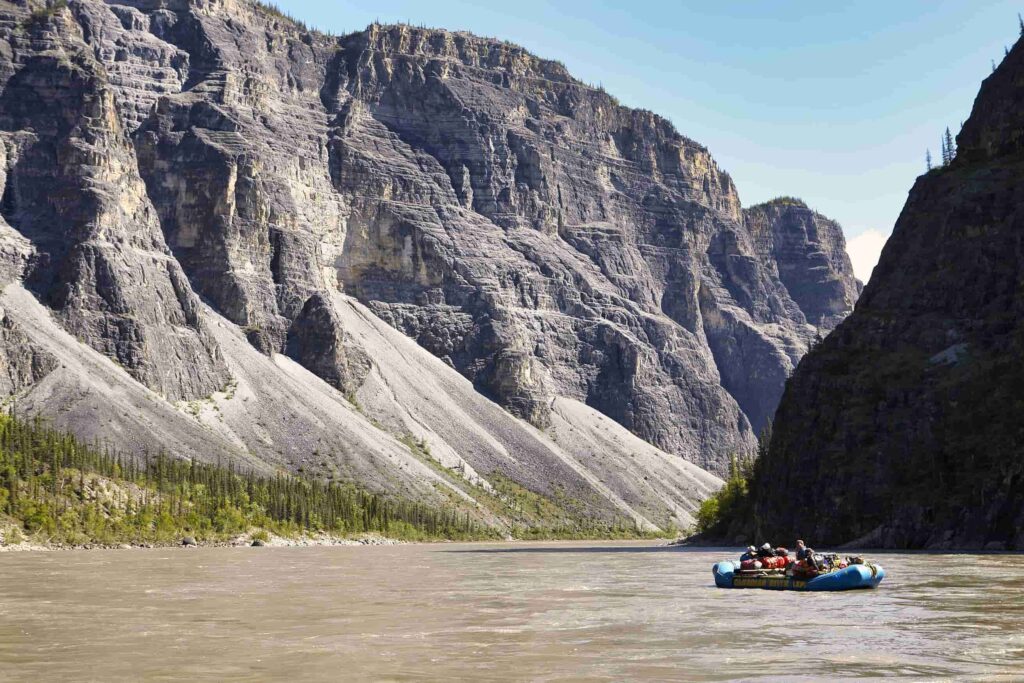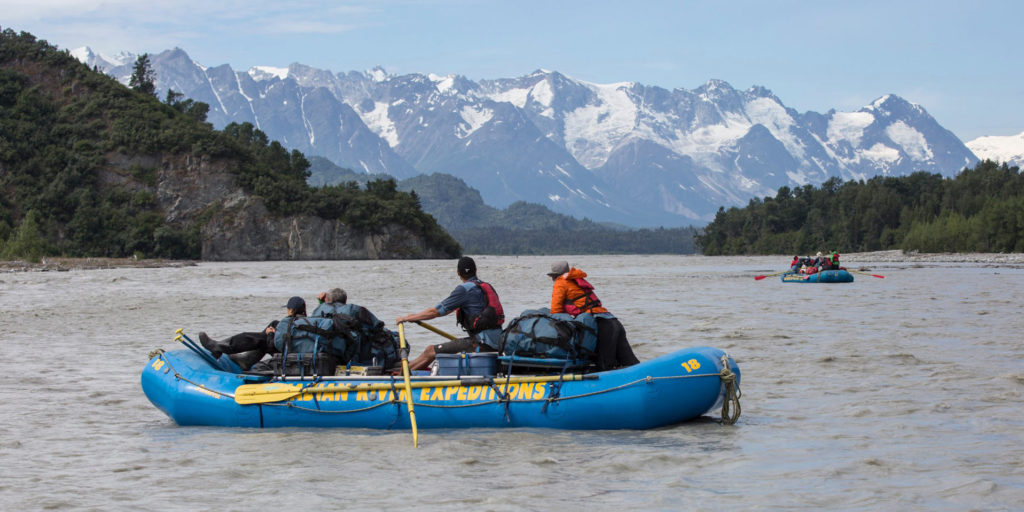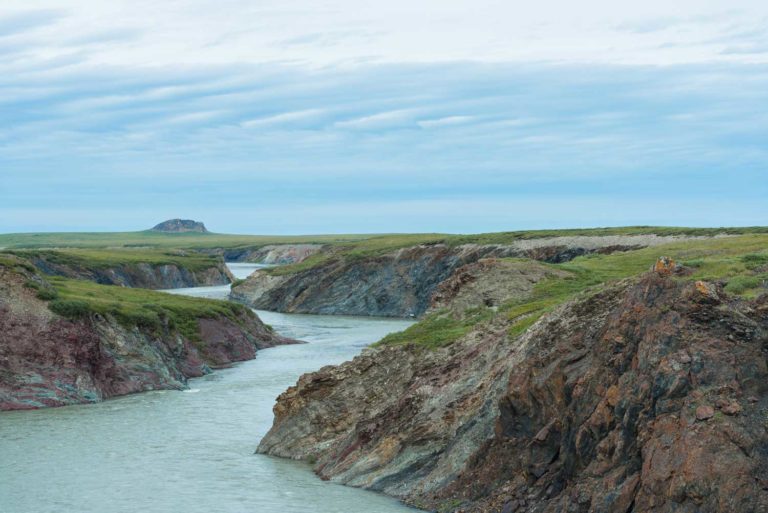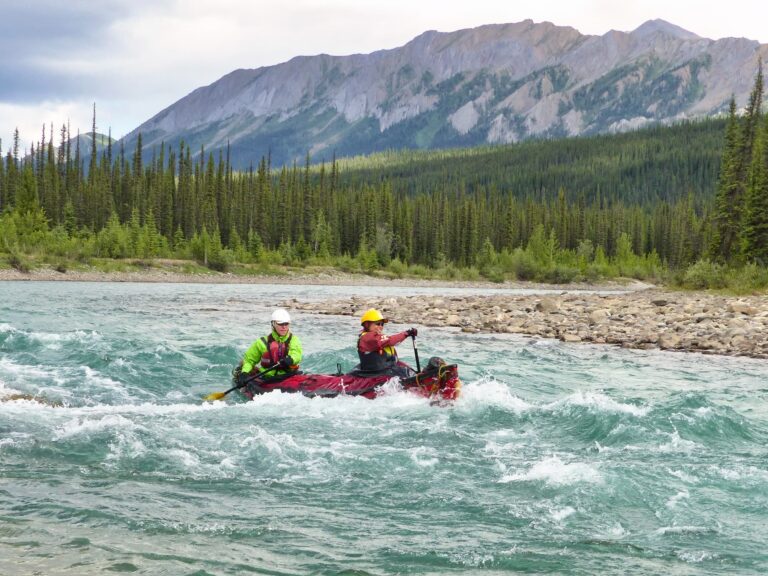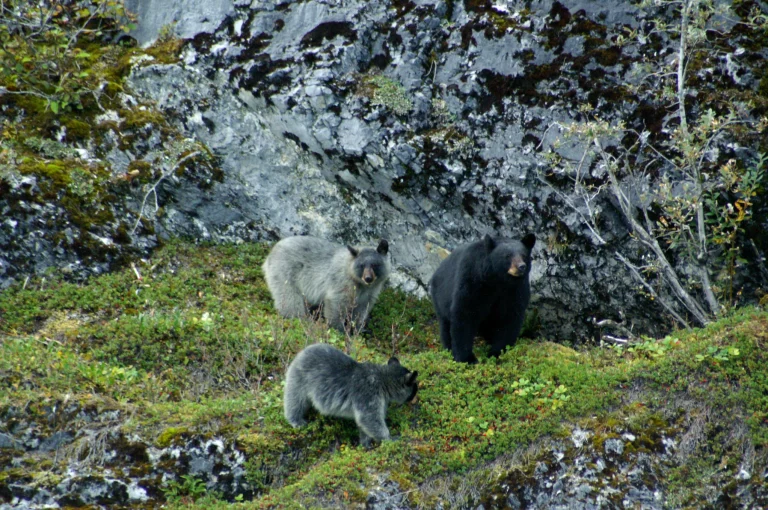Perhaps no animal has played such a pivotal role in the shaping of a nation. After all, it was the hide, or specifically – hair, of this noble rodent that drove the fur trade which fuelled the exploration of Canada by Europeans. The desire for social recognition as exemplified by a beaver felt chapeau, was the driving force behind many tales of glory, heroism, tragedy and even (perhaps mostly) buffoonery.
It is impossible for me to tell of this famous icon of Canadian history without recounting my first close encounter with the species – and I mean close. It was more than 20 years ago and I was on a youthful winter venture along the 60th parallel and had the happy fortune to find myself camped with friends one night at a Metis trapping camp. We were fascinated by every detail of the complex interrelationship of these people with the land and the animals from which they gained their sustenance. We watched as they skillfully skinned a beaver they had trapped. I had heard that the tail of the beaver was considered a delicacy by native hunters and so I queried our host about this. He generously offered me the piece in question and counselled me to roast it over the fire on a stick. Hustling back to our campfire like sled dogs with a frozen salmon, we followed the directions to a “T”. In excited anticipation we divided the roasted tail for immediate sampling. Instantly our faces grew long as we mouthed what seemed like warm lard. Of course no one was willing to lose face by spitting out the surprising morsel but neither did anyone require a second mouthful. Definitely an acquired taste, we quickly realized that fat is not easy to obtain when relying on wild food sources. Most wild meat is very lean. Subsisting on wild food would involve a steady craving for fat and hence the “delicacy status” of the Beaver tail.
Beaver are found within virtually all of the treed bounds of our country. We are likely to encounter them on all of our expeditions except for the treeless tundra. Known for industrious lodge and dam building, these aquatic rodents are heavy weights, coming in at 16-30 kg’s as adults. Perhaps the most unique feature is the flat, muscular, scaled tail. You may have heard the “gunshot” slap on the water of a beaver tail, used to alert other beavers of danger as it dives. The tail is also employed as a rudder while swimming and to counterbalance weight when carrying heavy branches in the front paws.
Dr. Scotter in Mammals of the Canadian Rockies reports that “The hind and front feet are different in both structure and function. Broad hind feet with five long webbed toes propel the beaver through the water and support it on soft muddy ground. Each hind foot has split and serrated claws that are movable and come together like pliers, serving as a comb for grooming.
The beaver’s front feet, which are not webbed, are small and dextrous, with long sharp claws suitable for digging and carrying a variety of materials such as sticks, stones, and mud for construction of dams. Secretions from anal glands, applied to the fur with the hind and front feet, provide waterproofing”.
It is the large incisor teeth that dominate that famous face. They make quick work of severing aspen, poplar and willow which provide both food and lodge and dam building materials. The ingenious dams are built and maintained to create ponds deep enough to avoid freezing to the bottom in winter. Lodges are constructed in the ponds with underwater entrances and a sleeping chamber that lies above the surface level. Both the nostrils and ears are equipped with valves that can be closed for underwater swimming.
Flooding by dams is only one way in which the beaver dramatically shapes our landscape. As the flooded pond eutrophies and fills in after the beavers have taken all they can of the surrounding trees, the old pond creates a new meadow. Many alpine valleys have flat meadow areas that began as flooded beaver ponds.
Keep you eyes peeled on your next river trip and you are sure to see evidence of “busy beavers”.
This article was originally published in our spring 1999 issue of our Northern Currents newsletter.


